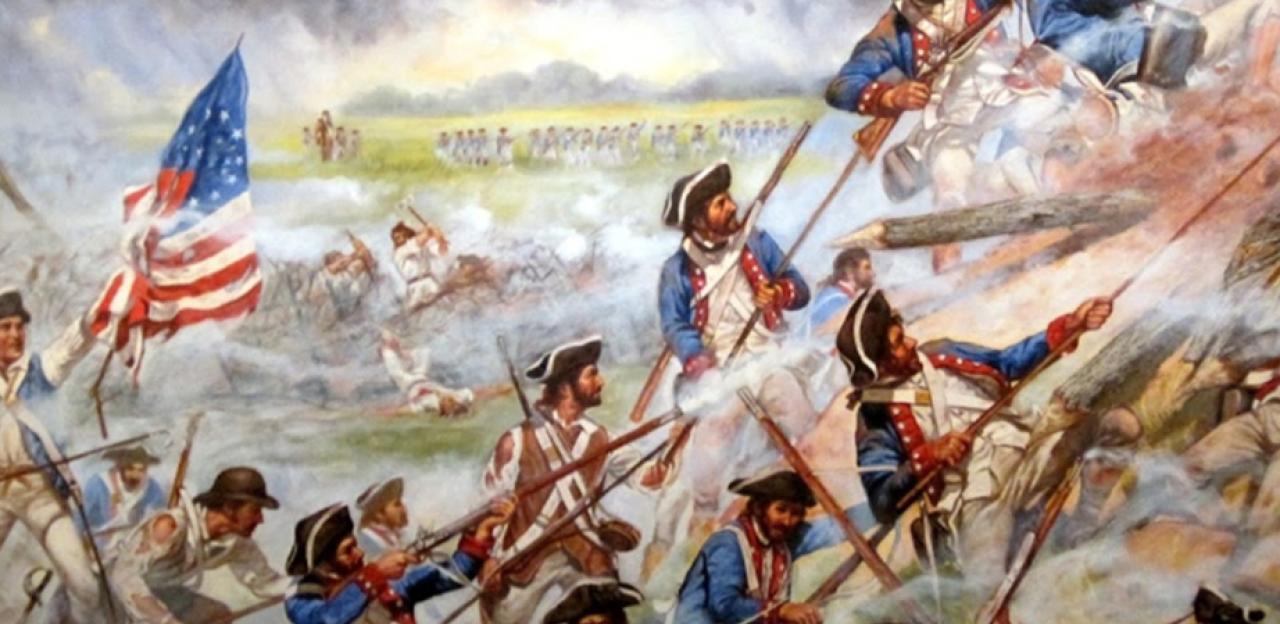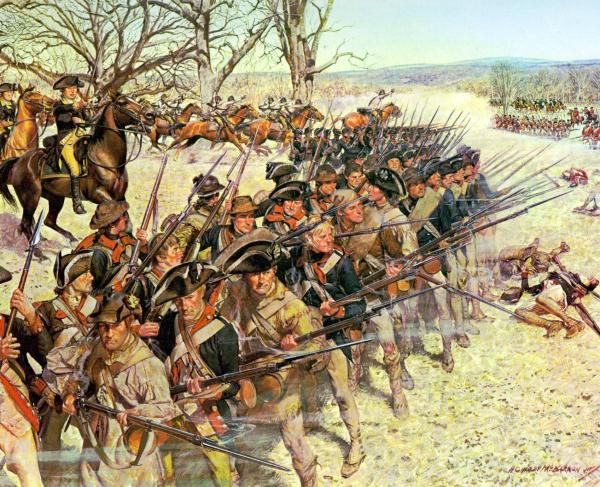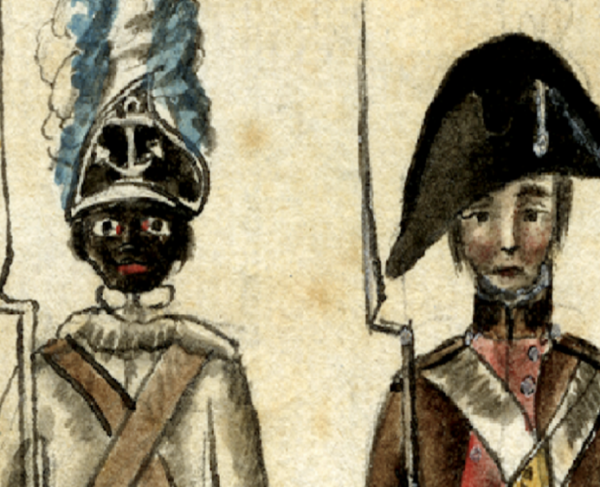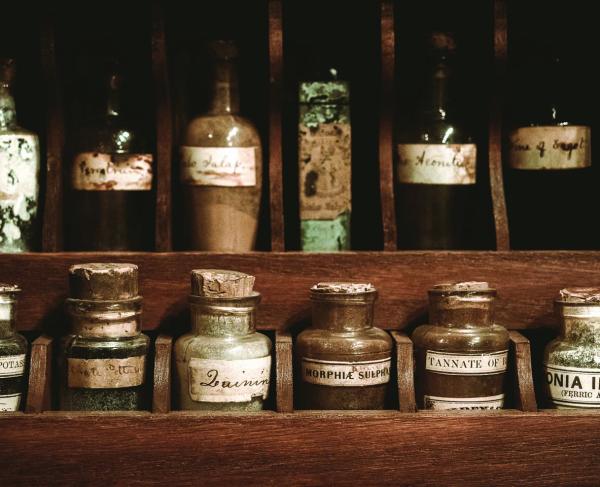Ninety Six

The town of Ninety Six, so named because it was 96 miles from the nearest Cherokee village, was once a main crossroads of western South Carolina. In the 1700s, twelve roads passed through the town--more than passed through Gettysburg, Pennsylvania in 1863.
War came quickly to Ninety Six, where patriots and loyalists were already sharply divided by the struggle with the frontier Cherokee. In July 1775, when patriots suspected that the loyalists were supplying the Cherokee, they initiated a three day battle for control of the town that culminated in an uneasy truce. This, the first engagement outside of New England, brought a national character to the burgeoning revolution.
Tensions simmered through the 1770s while the British Army continued to focus on the war in New England. Failing to subdue those colonies, open conflict returned to Ninety Six when the British implemented the Southern Strategy of 1778. A savage civil war broke out in the Carolinas as the British poured troops into the region. Despite bloody battles and constant terror, years passed with neither side gaining the upper hand. In March 1781, Lord Cornwallis moved the main British force into Virginia. American General Nathanael Greene responded by launching a new campaign to retake the Carolinas.
Like heat lighting, Greene captured a number of lightly-held British forts throughout the month of April. British remnants concentrated at Ninety Six and at Charleston. Greene moved on Ninety Six first, expecting to meet determined resistance.
Ninety Six was protected by the formidable Star Fort and the smaller Stockade Fort. Its garrison was made up almost entirely of loyalist colonists. Greene's soldiers laid siege to the town, cutting trenches that zig-zagged towards the British positions.
Greene's siege lasted from May 22-June 18, one of the longest sieges of the Revolution. The loyalists managed to maintain control of the Spring Branch water supply, however, thus averting a major crisis. Meanwhile, Greene divided his force and sent "Light Horse" Harry Lee to capture Augusta, Georgia, which they did, returning on June 8.
Soon after, Greene received word that British troops were marching from Charleston to relieve Ninety Six. With one last chance to make good on his siege, Greene launched an all-out assault on June 18.
The fighting was bloody. American storming parties tore apart loyalist sandbags and captured both forts with supporting fire from sharpshooters in a tower on the American lines. The stubborn redcoats rallied, however, and retook the forts with bayonets and clubbed muskets. Greene broke off the attack and withdrew, ending the siege. The loyalists eventually withdrew as well, burning the town behind them.
The Americans suffered 147 casualties; the British 85. Although Greene had failed to take Ninety Six, he had begun his campaign boldly. His continued operations in the Carolinas would prove essential to overall American victory in the war.
Related Battles
147
85


